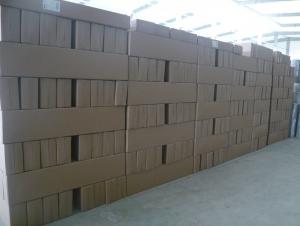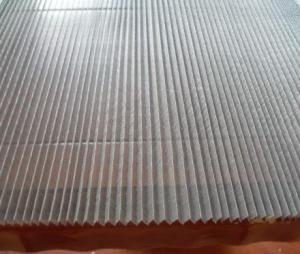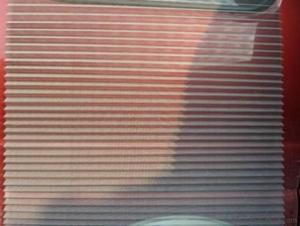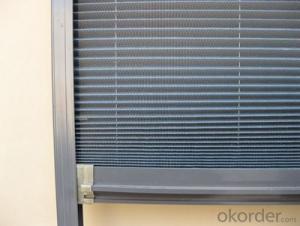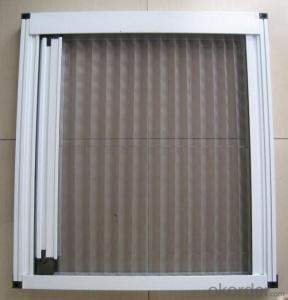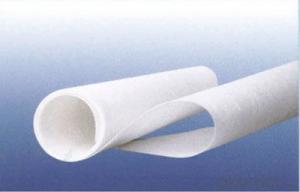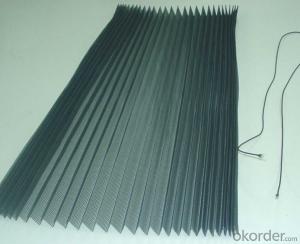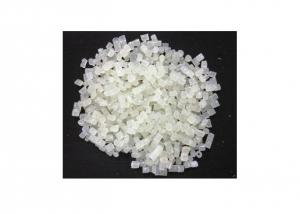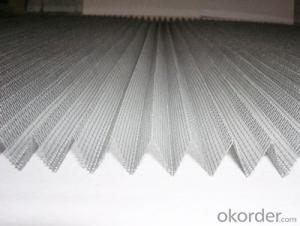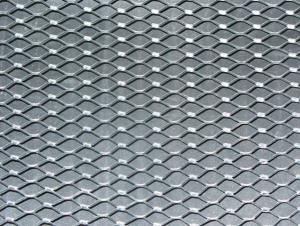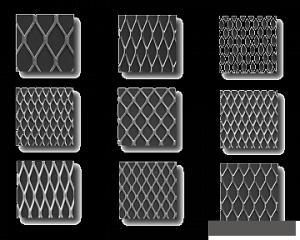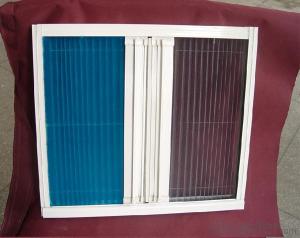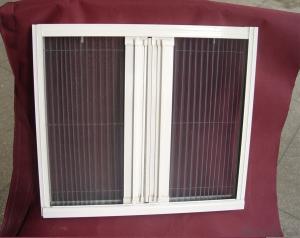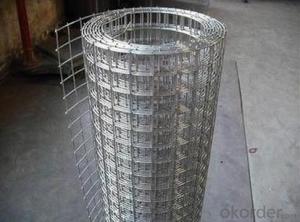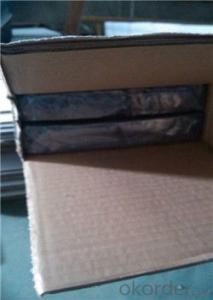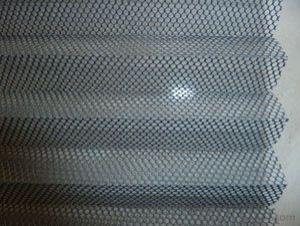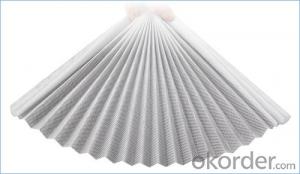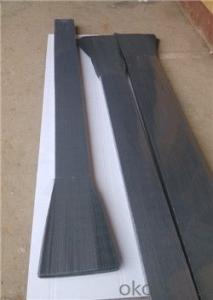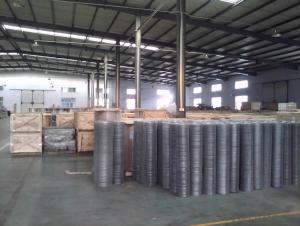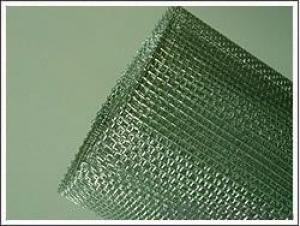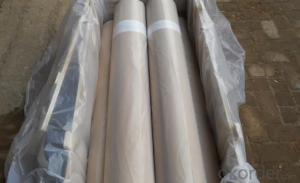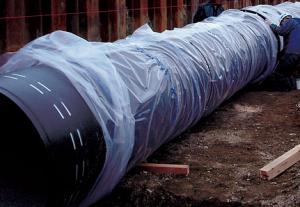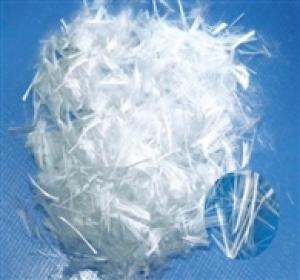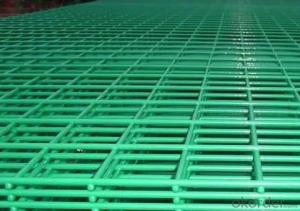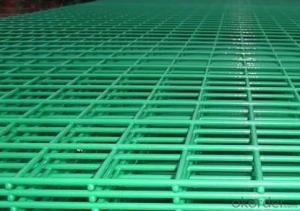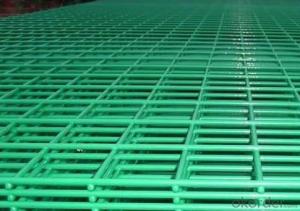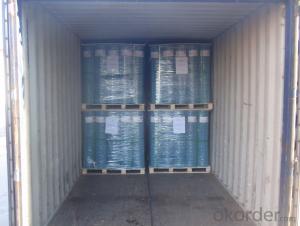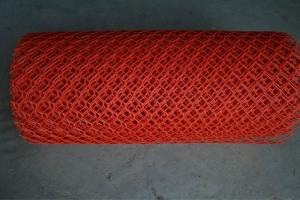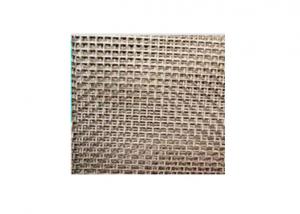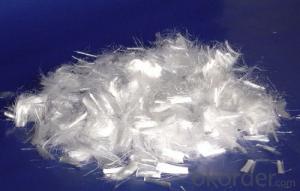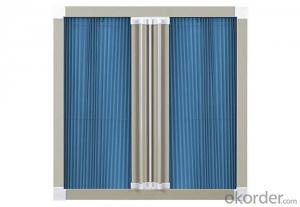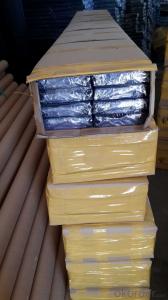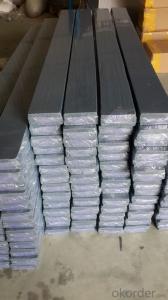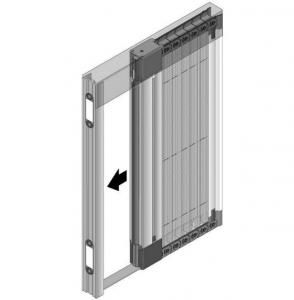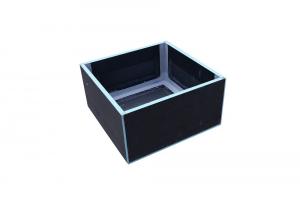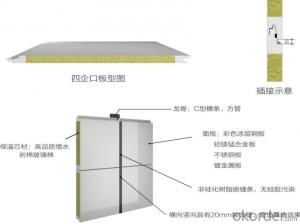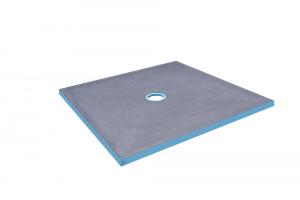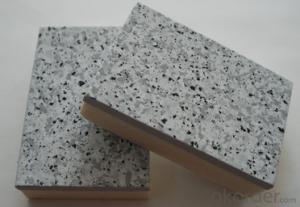Polypropylene Mesh
Polypropylene Mesh Related Searches
Polyester Pleated Mesh Polypropylene Tape Plastic Fence Mesh Expanded Plastic Mesh Pleated Mesh Plastic Mesh Bag Stiff Plastic Mesh Mesh Plastic Bags Aluminium Modelling Mesh Mosaic Mesh Fine Mesh Stainless Steel Mesh Mesh Window Screen Raschel Mesh Fine Plastic Mesh Sheet Polystyrene Packing Material Iron Mesh Panel Open Weave Plastic Mesh Mesh Tarpaulin Reinforcing Mesh Polyurethane Epoxy Resin Colored Polypropylene Tubing Plastic Mesh Deer Fencing Heavy Duty Plastic Mesh Fencing Steel Mesh Sheet Non Galvanized Wire Mesh Recycled Polystyrene Pellets Woven Steel Mesh Panels Polystyrene Roof Panels Foam PolystyrenePolypropylene Mesh Supplier & Manufacturer from China
Polypropylene Mesh is a versatile and durable plastic mesh material made from polypropylene fibers. It is known for its resistance to chemicals, moisture, and UV rays, making it a popular choice for various applications. This type of mesh is commonly used in construction, agriculture, and landscaping due to its strength and flexibility. It is also utilized in the creation of protective barriers, erosion control systems, and filtration systems.The polypropylene mesh is widely used in different scenarios, such as reinforcing soil structures, providing support for plants, and preventing soil erosion. It is also employed in the separation of different soil layers, ensuring proper drainage and aeration. This product is highly sought after for its ability to withstand harsh environmental conditions while maintaining its integrity over time. It is an ideal choice for projects that require a long-lasting and cost-effective solution.
Okorder.com is a reputable wholesale supplier of polypropylene mesh, boasting a large inventory of this product. They offer competitive prices and reliable service to customers around the world. By partnering with Okorder.com, businesses can ensure they have access to high-quality polypropylene mesh for their various applications, benefiting from the company's extensive experience and commitment to customer satisfaction.
Hot Products
